
As regular readers know, we’ve been taking a weekly look at the National Parks of Great Britain. We’re celebrating the natural splendour and notable highlights of each location, as well as sharing tips on when to visit and where to stay. In this week’s National Park Spotlight, we explore the Pembrokeshire Coast in Wales.
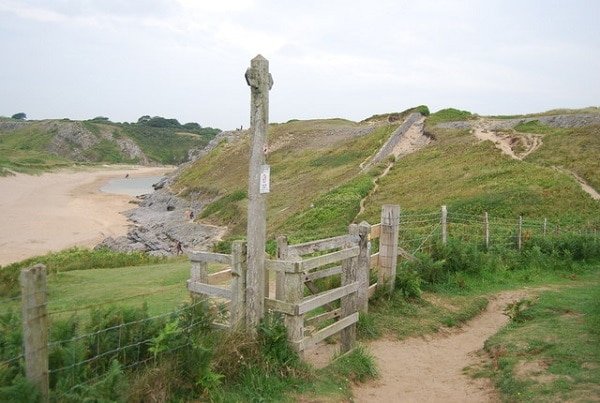
With a land area of 243 square miles, Pembrokeshire Coast National Park is one of the smallest of Britain’s National Parks. Only the New Forest and the Norfolk Broads cover a smaller area. The park was established in 1952. It differs from the other parks because it is focused on the shoreline of southwestern Wales. That’s not to say that all of it is coastal however; there are also areas of forest and marshland. Within the park’s borders are more than 80 nature reserves, conservation areas, and sites of special scientific interest.
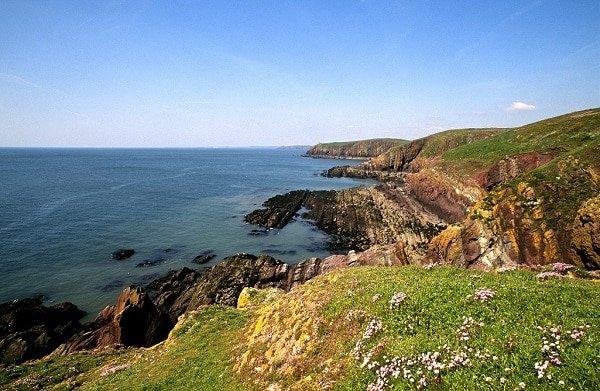
What to do.
Despite its relatively small size, the Pembrokeshire Coast National Park has miles of trails to enjoy. The Pembrokeshire Coast Path is part of the larger Wales Coast Path. This segment starts at Amroth and winds around the clifftops for 186 miles to St. Dogmael’s, where it connects to the next section of the trail.
More than 200 circular walks throughout the park mean visitors have plenty of options for exercise. Take your pick from gentle hour-long strolls, wheelchair-friendly paths, or half-day hikes. Do remember that much of the land is privately owned. Stay on the public footpaths.
Since we are on the coast, it’s only natural that there are plenty of opportunities for water sports and activities. This part of the country has become a mecca for surfers with strong winds and ocean currents providing some excellent waves.There are more than 50 beaches to choose from so crowds aren’t likely to be a problem, and surf schools cater to the entire family. Another way to experience the Pembrokeshire Coast and its wildlife is by kayak. Again, lessons are available for beginners and the 220 miles of shore means seclusion can be found.
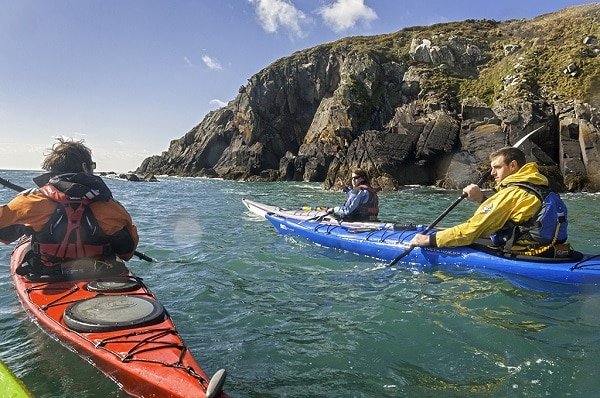
Other activities for the adventurous waterbabies among you include diving among the reefs of the Skomer Marine Nature Reserve. Or why not have a go at coasteering, a combination of climbing, swimming, and cliff jumping?
Many native species of wildlife inhabit the Pembrokeshire Coast year-round, while others make a stop here on their annual migratory paths. Depending on the time of year, the luckiest of visitors might catch a glimpse of a basking shark, a turtle, or a killer whale. Even if you don’t spot one of these, there are still plenty of seals, dolphins, and rare birds to see. Children will also enjoy playing in the rock pools and catching crabs.
What to see
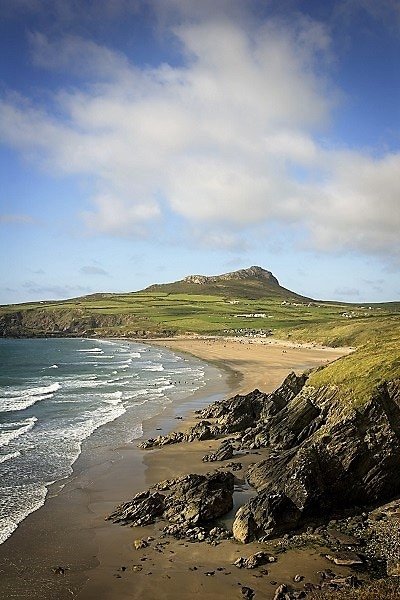 It goes without saying that the Pembrokeshire Coast’s principal attraction is its magnificent shoreline, voted second best coastal destination in the world by National Geographic. But there are a few other spots within the park that are worth a visit
It goes without saying that the Pembrokeshire Coast’s principal attraction is its magnificent shoreline, voted second best coastal destination in the world by National Geographic. But there are a few other spots within the park that are worth a visit
Carew Castle is a Norman fort that was built in 1270, but the site has been an important site since the Iron Age. Nearby is a restored tidal mill, one of only 5 in the UK.
For more Iron Age fun, head to Castell Henllys Iron Age Village. Explore a reconstructed village and learn how our Celtic ancestors lived 2000 years ago. The interactive exhibits are sure to keep the children entertained all day.
The UK’s smallest city is St. David’s. It is home to just 1,800 people but is also the resting place of Wales’ patron saint. The cathedral and several other historic buildings make this a good place to stop.
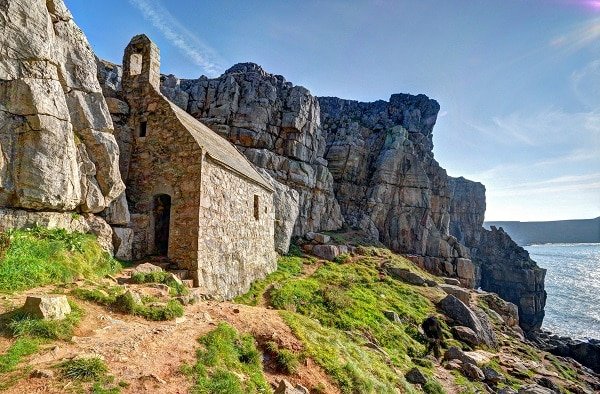
Avoid the crowds.
During the summer, a few of the beaches can attract crowds, but for the most part, it is not too difficult to wander further along the coast to find a little tranquility. Spring or autumn are good times to avoid tourists and perhaps spot more of the wildlife.
Where to stay.
There are plenty of hotels, bed and breakfasts, self-catering options, and campsites at various spots along the coast. St. David’s has some very nice hotels, as do Fishguard and Haverfordwest. Our sidebar includes several affiliate links to hotel chains and cottages within the area.
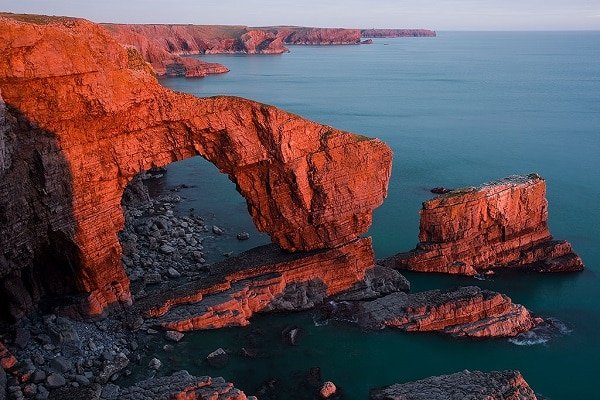

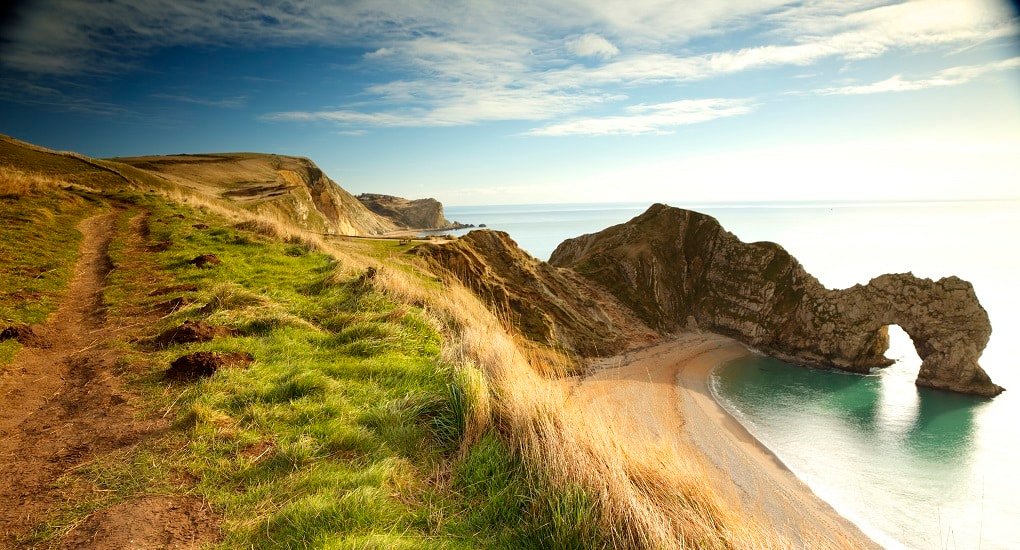

One thought on “National Park Spotlight: Pembrokeshire Coast”
Comments are closed.